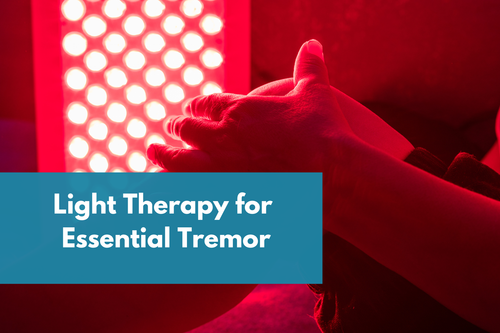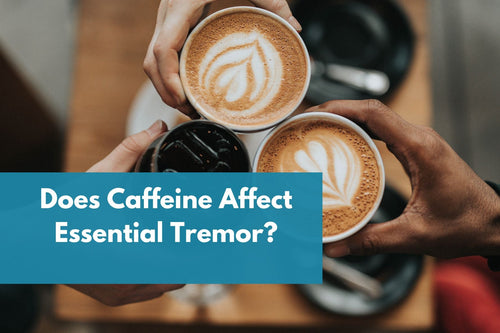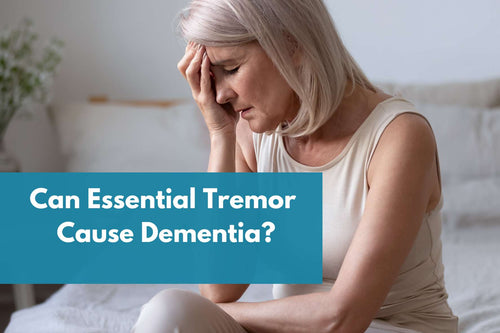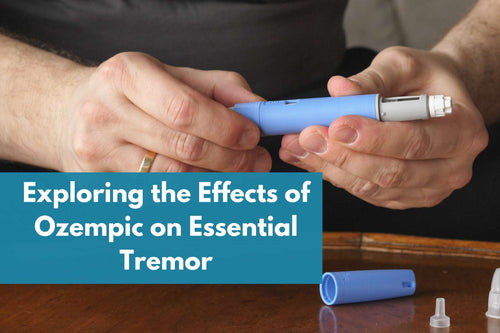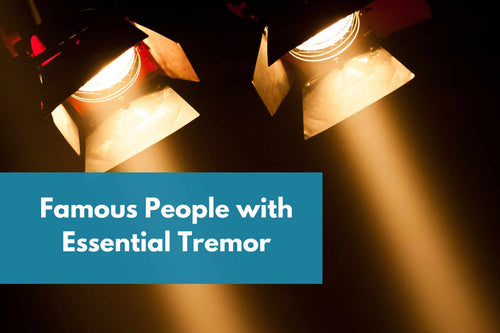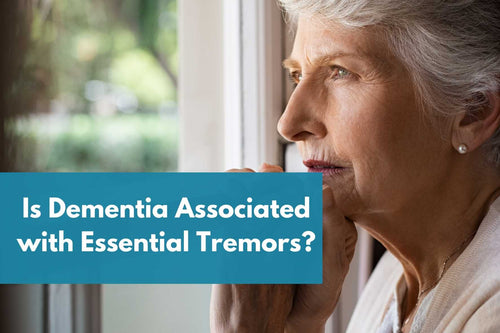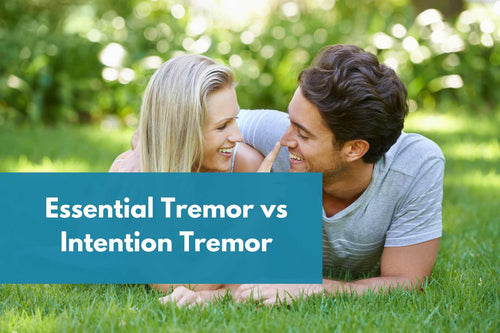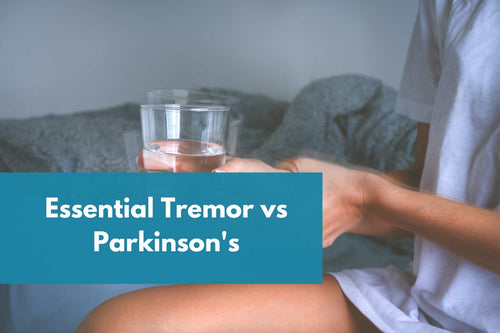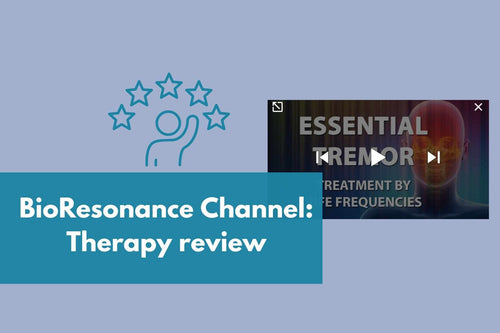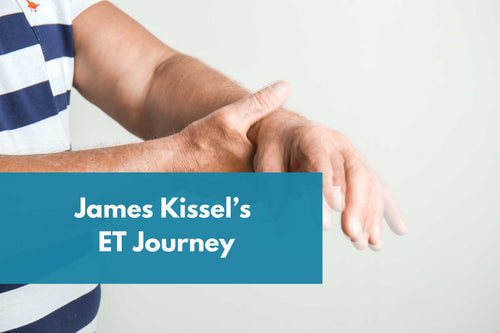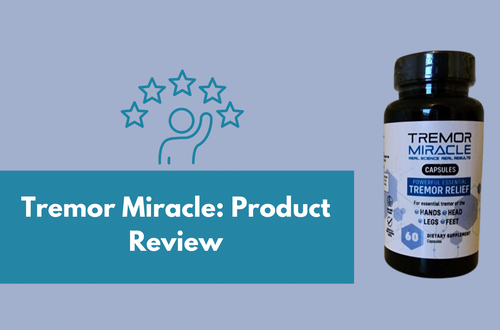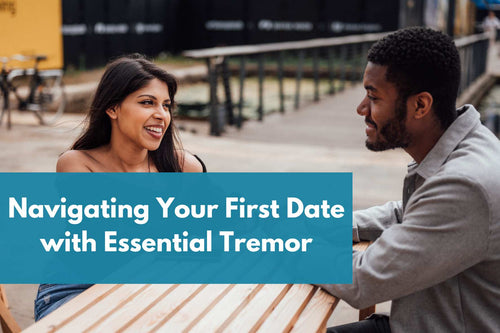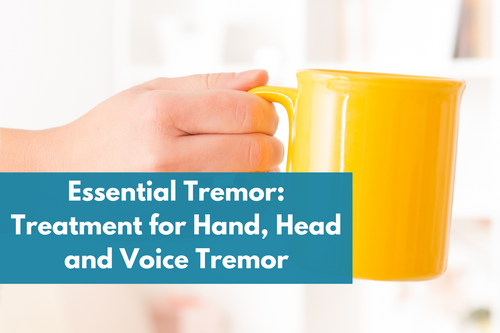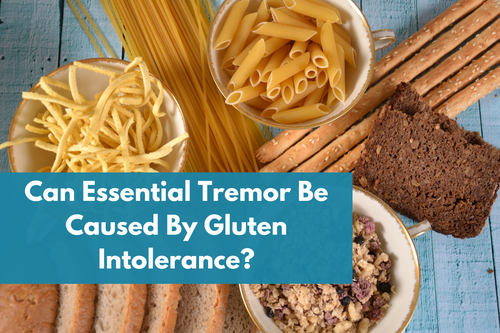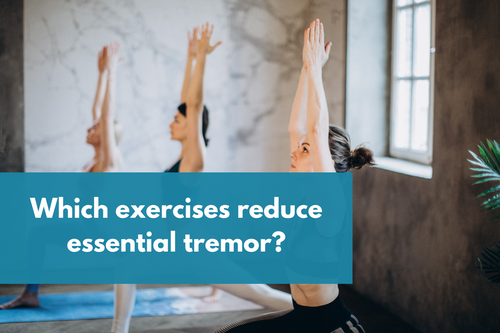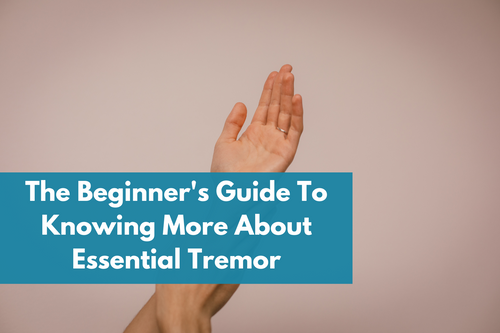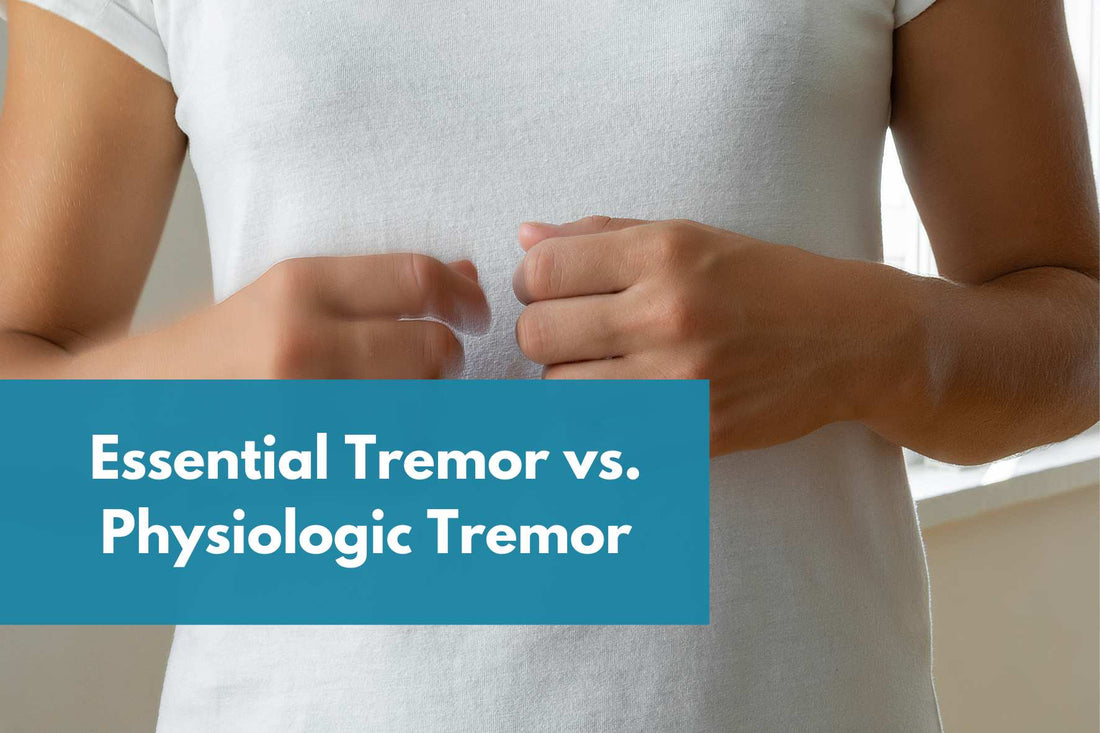
Essential Tremor vs. Physiologic Tremor
Share
Exploring the distinctions between Essential Tremor and Physiologic Tremor is crucial for gaining a thorough understanding of involuntary shaking conditions. This endeavor seeks to illuminate these tremors' unique features and characteristics, fostering an enhanced comprehension of their individual implications and management strategies.
Tremor, often encountered in medical contexts, represents a complex and multifaceted phenomenon that may manifest as either a symptom or a sign of an underlying condition. Far from being a standalone diagnostic term, tremor serves as a notable indicator, signaling potential physiological irregularities or emphasizing an exaggerated response within the body. This rhythmic oscillatory movement arises from the coordinated contraction of opposing muscle groups, presenting a challenge for healthcare professionals who must discern the underlying causes and implications associated with this distinctive motor disturbance.
What is an essential tremor?
Essential tremor, the prevailing movement disorder, is a syndrome with an unknown origin. It is identified by a gradually advancing action tremor, which includes postural and kinetic tremors and typically affects both upper extremities. It is characterized by involuntary shaking, usually rhythmic and persistent, commonly impacting hands and other body parts, especially during movement or when holding a position. While the exact cause remains unknown, there is a potential genetic link and influence from environmental factors, with family history playing a significant role as a risk factor. The condition can markedly affect daily life, impairing activities such as writing, eating, or intricate tasks. Diagnosis involves a clinical evaluation, thorough medical history assessment, and the exclusion of other potential causes to identify Essential Tremor accurately.
What is a physiologic tremor?
Physiologic Tremor is a normal variation of tremor, characterized by delicate and often imperceptible shaking that becomes more apparent under specific conditions. Its causes are linked to physiological and external stimuli responses, influenced by factors such as fatigue, caffeine intake, or specific medications. While its impact on daily life is generally minimal, the tremor can be exacerbated by particular conditions or factors. Diagnosis involves identifying its response to external stimuli and confirming the absence of underlying neurological conditions.
Essential tremor and physiologic tremor: similarities and key distinctions
In a study conducted in 1986, physiological and essential hand tremors were examined through inertial loading, hand acceleration, and forearm electromyography (EMG) data using both auto- and cross-spectral analysis.
In the initial stages, essential tremors displayed characteristics akin to the 8- to 12-Hz component of physiologic tremors, indicating a potential link between the two. As essential tremor progressed, its frequency shifted to the range of 4 to 8 Hz. Intriguingly, within 10 families, individuals exhibited tremor frequencies spanning both ranges. Analysis of opposing forearm muscles showed the occurrence of both synchronized and alternating tremor bursts in 11 out of 44 patients.
These findings underscore the complexity of essential tremor, cautioning against classification based solely on frequency or electromyographic (EMG) patterns. It suggests that essential tremor encompasses a spectrum of manifestations, and a more nuanced understanding beyond these parameters is essential for accurate characterization.
Causes and symptoms of essential and physiologic tremors
Essential Tremor: Typically, this manifests as a symmetrical postural tremor in the distal regions of the upper limbs, characterized by a relatively low amplitude and a fairly rapid frequency of 8-10 Hz. Essential tremor, initially transient, tends to progress to a persistent state over time. In about 40% of cases, neck muscles may be affected, leading to head tremors, while the involvement of voice, face, and jaw muscles is also observed. The frequency of the tremor usually remains constant, but its amplitude varies widely based on emotional and physiological states. Over the years, the background tremor amplitude tends to progress. Many individuals exhibit some control over the tremor, often by concentrating on a task or performing skilled manual activities. Interestingly, the tremor does not manifest during sleep, and alcohol ingestion is reported to improve symptoms in most cases. However, distinguishing essential tremors from exaggerated physiological tremors or tremors associated with hyperthyroidism, fever, or certain medications can be challenging, emphasizing the importance of considering alternative causes before reaching a diagnosis.
Physiologic Tremor: Physiologic tremor can manifest within the bounds of normality or escalate into an exaggerated form, triggered by factors such as anxiety, hyperthyroidism, hypoglycemia, excessive caffeine intake, fever, and medications, among others. This type of tremor is typically linked to specific postures and tends to be bilateral, symmetrical, and non-progressive over time. While there may be instances of a familial predisposition, it occurs less frequently compared to essential tremor. Notably, physiologic tremor is characterized by the absence of other accompanying motor symptoms, distinguishing it from more complex neurological conditions.
Management strategies: treatment approaches for essential tremor
While a subset of essential tremor cases is linked to mild cerebellar degeneration, the majority exhibit no discernible central nervous system pathology. Treatment approaches encompass watchful waiting for mild, non-progressive tremors. Identifying and mitigating exacerbating factors like caffeine, fatigue, sleep deprivation, or stress is crucial. Medications, including beta-blockers and anticonvulsants, prove effective in approximately 75% of patients, leading to a marked reduction in tremor rather than complete cessation, which is seldom achieved. Additionally, sedatives may be beneficial in certain cases, contributing to a multifaceted treatment approach for essential tremor management.

